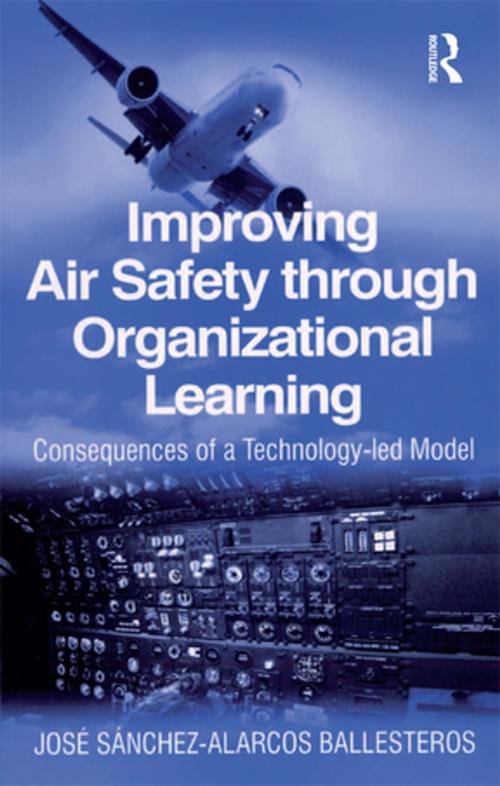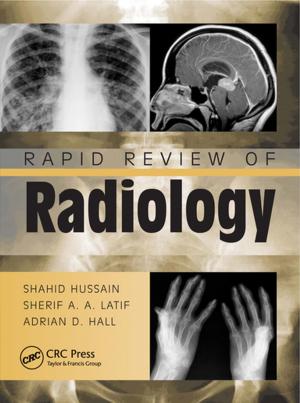Improving Air Safety through Organizational Learning
Consequences of a Technology-led Model
Nonfiction, Social & Cultural Studies, Political Science, Politics, Labour & Industrial Relations| Author: | Jose Sanchez-Alarcos Ballesteros | ISBN: | 9781317118237 |
| Publisher: | CRC Press | Publication: | May 13, 2016 |
| Imprint: | Routledge | Language: | English |
| Author: | Jose Sanchez-Alarcos Ballesteros |
| ISBN: | 9781317118237 |
| Publisher: | CRC Press |
| Publication: | May 13, 2016 |
| Imprint: | Routledge |
| Language: | English |
The key theme of this book is organizational learning and its consequences for the field of aviation safety. Air safety rates have been improving for a long time, demonstrating the effects of a good learning model at work. However, the pace of improvement has almost come to a standstill. Why is this? Many safety improvements have been embodied in technology. New devices and procedures appear almost daily, yet the rate of air safety improvement has dragged in recent years. Improving Air Safety through Organizational Learning explains this situation as being the consequence of a development model supported chiefly by information technology being introduced as an alternative to human operators. This is not a book about the convenience of including or not including IT in aviation, but an open discussion about the adequacy and risks of some practices in the field. Two different but complementary issues emerge. Firstly, a real improvement in air safety requires a different approach, since the present one seems now to be exhausted. Secondly, the current approach has powerful economic roots, and any new approach must deal with this fact, improving safety rates without becoming financially damaging. Consequently the book is divided into two parts. Part one deals with the issue of the present learning model organizing the conclusions around accident reports that show themselves the existence of a problem: the present use of technology makes the system better at doing things already known, while at the same time it makes the whole system worse at dealing with unplanned situations. Part two suggests a new development model, one that makes strong use of technology but at the same time questions every step: what knowledge will disappear from the system and what is the potential effect of that loss?
The key theme of this book is organizational learning and its consequences for the field of aviation safety. Air safety rates have been improving for a long time, demonstrating the effects of a good learning model at work. However, the pace of improvement has almost come to a standstill. Why is this? Many safety improvements have been embodied in technology. New devices and procedures appear almost daily, yet the rate of air safety improvement has dragged in recent years. Improving Air Safety through Organizational Learning explains this situation as being the consequence of a development model supported chiefly by information technology being introduced as an alternative to human operators. This is not a book about the convenience of including or not including IT in aviation, but an open discussion about the adequacy and risks of some practices in the field. Two different but complementary issues emerge. Firstly, a real improvement in air safety requires a different approach, since the present one seems now to be exhausted. Secondly, the current approach has powerful economic roots, and any new approach must deal with this fact, improving safety rates without becoming financially damaging. Consequently the book is divided into two parts. Part one deals with the issue of the present learning model organizing the conclusions around accident reports that show themselves the existence of a problem: the present use of technology makes the system better at doing things already known, while at the same time it makes the whole system worse at dealing with unplanned situations. Part two suggests a new development model, one that makes strong use of technology but at the same time questions every step: what knowledge will disappear from the system and what is the potential effect of that loss?















